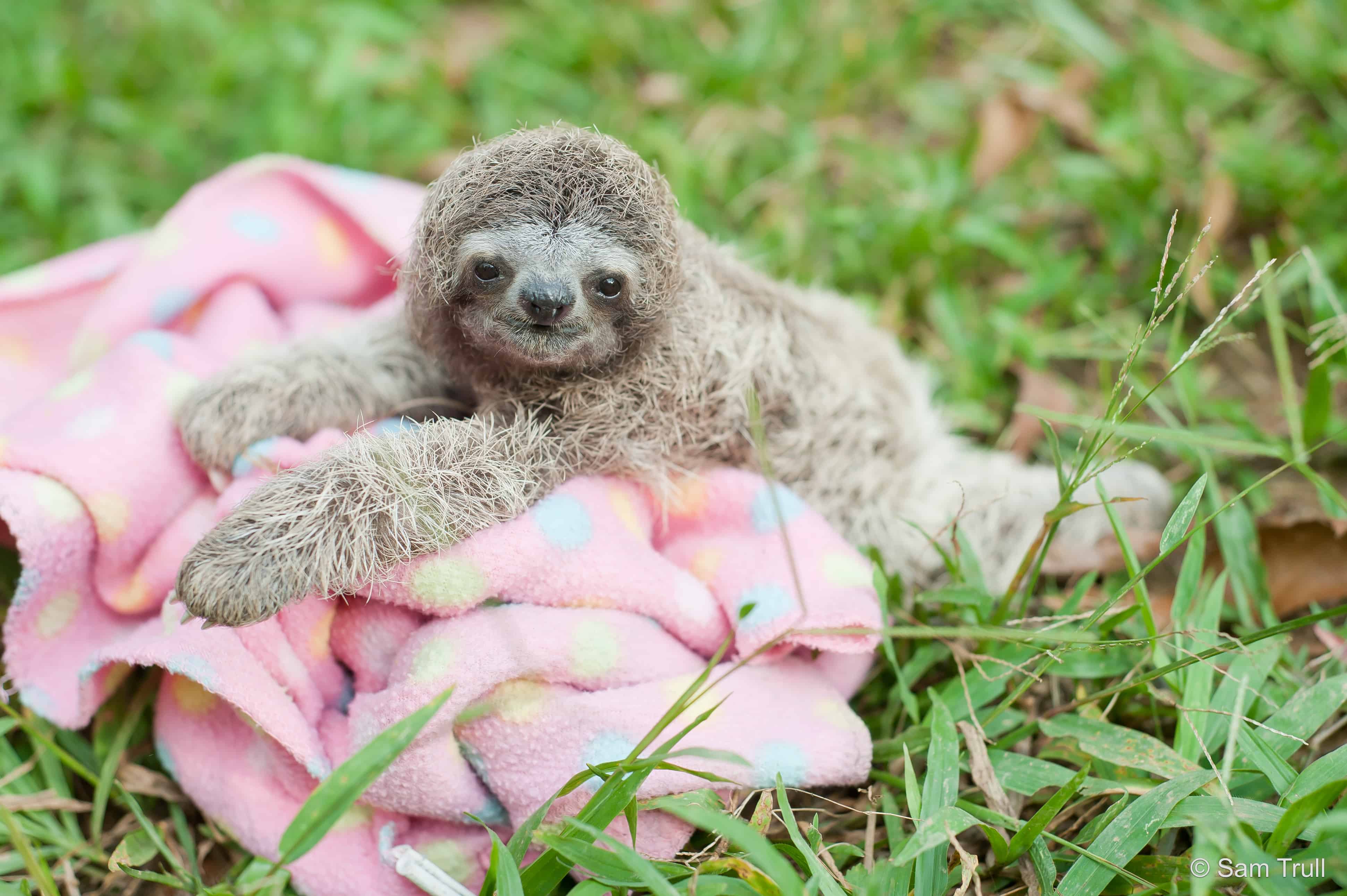Sloths are fascinating creatures known for their slow movements and their almost entirely arboreal lifestyle. These sluggish mammals spend the majority of their lives hanging from the branches of trees in the rainforest canopy, where they are relatively safe from predators. However, once a week, sloths make a perilous journey to the base of their favorite tree to defecate, a behavior that has puzzled researchers for years.
This weekly descent to the ground is one of the few times that sloths leave the safety of the treetops, and it significantly increases their vulnerability to predators such as jaguars, ocelots, and eagles. Given the dangers involved, the question arises: why do sloths take this risk? After all, they could simply defecate from the trees, minimizing their exposure to ground-based threats. Yet, sloths consistently choose to make this hazardous journey, suggesting that there must be an important reason behind it.
One prevailing theory among researchers is that this behavior is linked to the symbiotic relationship between sloths and the algae that grow in their fur. Sloths are known to have algae gardens within their thick coats, which provide them with camouflage and potentially even nutritional benefits. The algae are supported by a variety of insects that live in the sloth’s fur, including moths that are specifically attracted to the sloth’s feces.
The idea is that by defecating at the base of the tree, sloths create a favorable environment for these moths to lay their eggs. The moth larvae then feed on the feces before making their way into the sloth’s fur, where they contribute to the growth of the algae. This cycle may help maintain the algae garden, which in turn benefits the sloth by enhancing its camouflage and possibly providing additional nutrients when the sloth grooms itself.
Another hypothesis suggests that this behavior may have to do with territory marking or communication. By defecating at the base of a tree, sloths could be marking their territory or leaving chemical signals for other sloths. However, this theory is less widely accepted than the idea that it supports their algae-fur relationship.
While the exact reason for this risky behavior remains a mystery, it is clear that the journey to the forest floor is a critical part of the sloth’s life cycle. Despite the danger, sloths continue to make this trek, highlighting the complexity of their survival strategies. This enigmatic behavior adds to the many reasons why sloths are such intriguing and unique animals, deserving of further study and conservation efforts.
Check out 11 other lesser known sloth facts.






